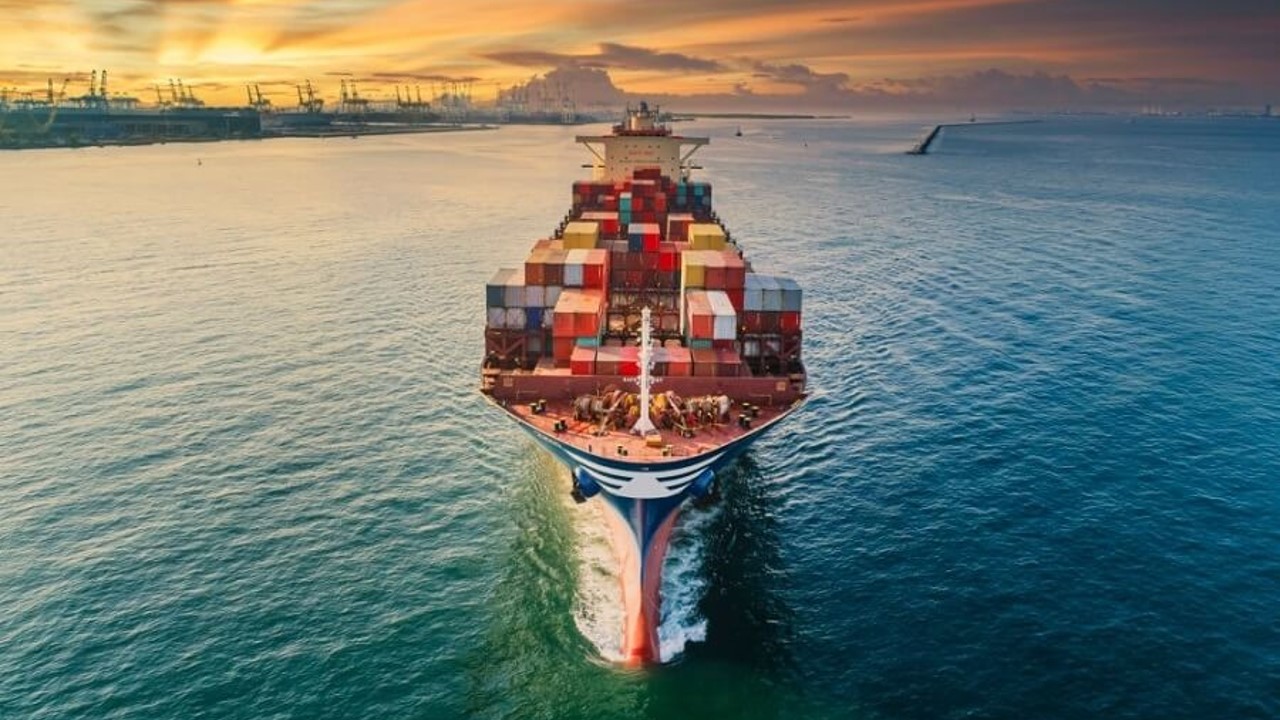Shipping is the cheapest way to move raw materials and bulk goods. That has given it both an enormous economic impact and a large carbon footprint.
The industry emits roughly 1 billion metric tons of carbon dioxide per year – nearly 3% of global emissions, according to the International Maritime Organization, a specialized U.N. agency made up of 174 member nations that sets standards for the industry. If shipping were a country, it would rank between Japan and Germany as the sixth-largest contributor to global carbon dioxide emissions. Moreover, nearly 70% of ships’ emissions occur within 250 miles (400 kilometers) of land, meaning it also has an impact on air quality, especially for port cities.
There are no cheap, widely available solutions that can lower the shipping industry’s planet-warming carbon emissions – in fact, shipping is considered one of the hardest industries on the planet to decarbonize – but some exciting innovations are being tested right now.
In the report, Jing Sun (Professor and Department Chair, Naval Architecture and Marine Engineering, University of Michigan) explains some of the fuels and technology that could improve shipping sustainability in the future.
“Ships carry more than 80% of world trade, and they rely heavily on some of the least environmentally friendly transportation fuels available.”
The main inputs and contributions are:
Technological innovation, in addition to policies, will be crucial for achieving low-carbon or zero-emission shipping. Academic research institutes, government labs and companies are now experimenting with electrification; zero- or low-carbon fuels such as hydrogen, natural gas, ammonia and biofuels; and alternative power sources such as fuel cells and solar, wind and wave power. Each has its pros and cons.
Why electrifying ships matters.
- Electrification allows engines operating on fossil fuels to be either replaced by alternative power generation technologies or downsized and modified for low-emissions operation. It also allows ships to connect to electric power while in port, reducing their emissions from idling.
- Ship electrification and hybridization are significant trends for both commercial and military vessels. Some fleets have already electrified propulsion and cargo handling. Hybrid power systems, on the other hand, integrate different power-generation mechanisms, such as engines and batteries, to leverage their complementary characteristics.
- Tremendous opportunities also exist for improving the operation of the existing fleet – and reducing fuel use – through automation and real-time control. Advanced sensors, artificial intelligence and machine learning can help ships to “see,” “think,” and “act” better to improve efficiency and reduce emissions.
Greener fuels for ocean voyages
- Innovations in marine diesel and gas turbine engine design and treatment of exhaust gas have lowered harmful emissions. The focus now is on developing cleaner fuel sources and more efficient alternative power generation technologies. Low or zero-carbon fuels, such as natural gas, ammonia and hydrogen, are predicted to be the dominant energy sources for shipping in the future. Ammonia and hydrogen have the potential to be made with water and renewable energy using electrolysis, but that zero-carbon technology is still in the early stages and costly.
- Renewable energy sources, such as wind, solar and wave energy, are also promising. Integrating renewable sources as cost-effective and reliable energy solutions for oceangoing vessels is another challenge developers are working on.
Powering ships using fuell cells and batteries
- Given the existing fuel infrastructure, most maritime fuel cell demonstration projects today have to store liquid hydrogen or use onboard systems that convert natural gas or other fuel to hydrogen-rich syngas. Infrastructure for hydrogen storage has to be developed for widespread adoption of fuel cell technology.
- In the case of batteries, in addition to ensuring they are safe and reliable, ruggedness and flexibility are necessary for powering operations such as cargo handling and tugboat operations.
“I believe the grand vision of zero-emission shipping can be realized if the ship design and fleet operation communities work together with policymakers, the logistics industry and the broad academic and industry technical communities to find solutions.”




Deja una respuesta